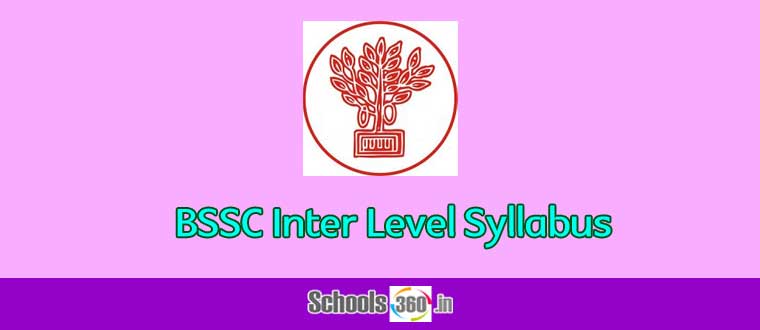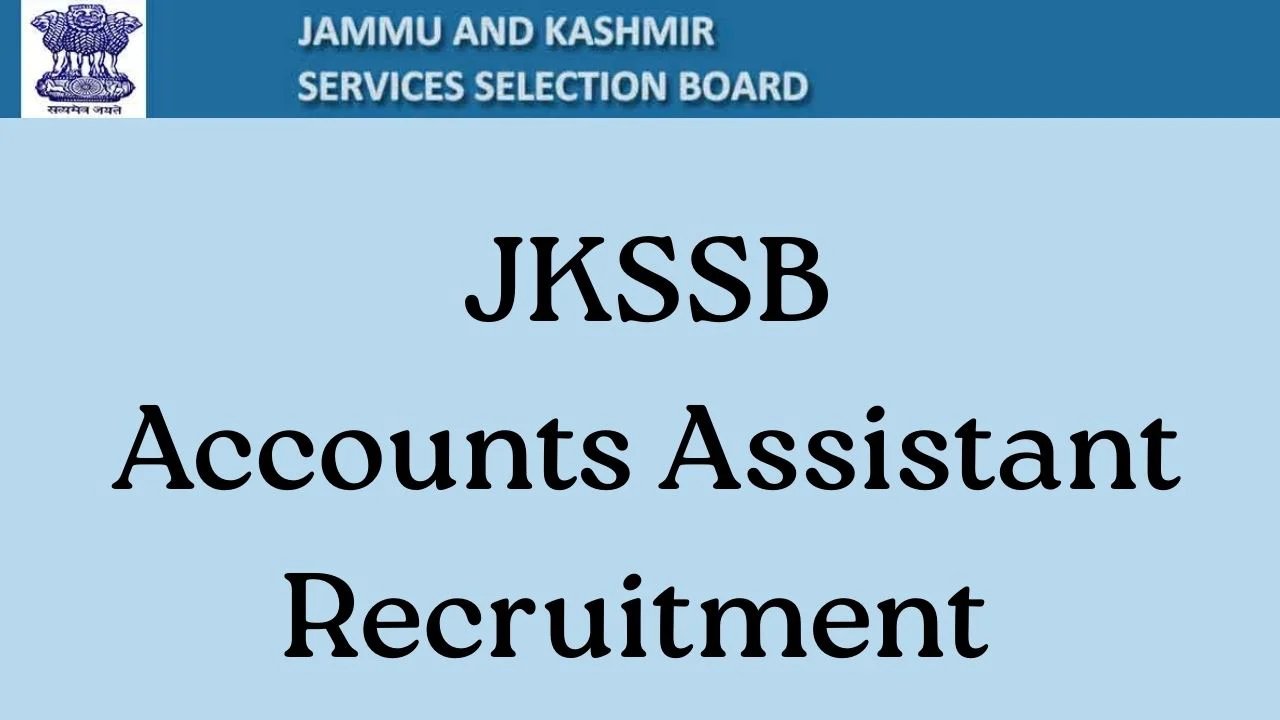Bihar SSC Inter Level Syllabus 2025 PDF: The Bihar Staff Selection Commission (BSSC) Inter Level Examination 2025 is a golden opportunity for aspirants aiming to secure government jobs in Bihar. To ace this competitive exam, understanding the syllabus and exam pattern is crucial. Candidates who applied for the BSSC 1st Inter Level Combined Competitive Examination must be able to refer to the BSSC Inter Level Syllabus 2025.
Bihar SSC Inter Level Syllabus 2025 Summary
The described Bihar SSC Inter Level Combined Competitive Exam Pattern will provide an overview of the question paper pattern. So, to get a clear idea about the BSSC Inter Level Written Test, visit all sections on this page. At the end of this article, competitors can download the BSSC Inter Level Syllabus in PDF format.
| Particulars | Details |
|---|---|
| Exam Conducting Body | Bihar Staff Selection Commission (BSSC) |
| Exam Name | Bihar SSC Inter-Level Examination 2025 |
| Vacancies | 23,175 |
| Mode of Exam | Online |
| Type of Questions | Multiple Choice Questions (MCQs) |
| Marking Scheme | +4 for correct, -1 for incorrect |
| Selection Process | Prelims, Mains, Document Verification |
| Official Website | bssc.bih.nic.in |
BSSC Inter Level Selection Process 2025
The selection of the BSSC Inter-Level exam consists of the Following Stages
- Preliminary Examination
- Mains Examination
BSSC Inter Level Prelims Exam Pattern 2025
The BSSC Inter Level Exam 2025 consists of two stages: Prelims and Mains, followed by Document Verification. The Prelims Exam includes 150 MCQs across General Studies, General Science & Mathematics, and Mental Ability, with 4 marks per question and a 1-mark penalty for wrong answers. It lasts 2 hours and 15 minutes. Qualified candidates proceed to the Mains Exam, which has two papers: Paper 1 (General Awareness and Hindi) and Paper 2 (Reasoning, Mathematics, and Science). Both papers have a combined total of 250 questions, with negative marking and a duration of 2 hours 15 minutes each. Understanding the pattern is key to effective preparation.
- Each question carries 4 marks.
- 1 mark is deducted for every incorrect answer.
| Subject | No. of Questions | Marks | Duration |
|---|---|---|---|
| General Studies | 50 | 200 | 2 hours 15 minutes |
| General Science & Mathematics | 50 | 200 | |
| Mental Ability | 50 | 200 | |
| Total | 150 | 600 |
BSSC Inter Level Mains Exam Pattern 2025
| Paper | Subjects | No. of Questions | Marks | Duration |
|---|---|---|---|---|
| Paper 1 | General Awareness / Hindi Language | 100 | 400 | 2 hours 15 minutes |
| Paper 2 | Reasoning / Mathematics / Science | 150 | 600 | 2 hours 15 minutes |
BSSC 1st Inter Level Combined Competitive Exam Syllabus 2025
So, competitors must provide equal importance to all topics to secure a decent score in the BSSC Inter Level Exam. Please review the listed Subtopics in the section below and download the BSSC Inter Level Syllabus PDF from the link provided at the end of these Subtopics.
Preliminary Exam
| Subject | Syllabus |
| General knowledge |
|
| General Science | Physics Mechanics: Laws of motion, Work, energy, and power, Gravitation, Rotational motion, Fluid mechanics Biology Cell Biology: Cell structure and function, Cell division, Microorganisms Chemistry Atomic Structure: Structure of the atom, Atomic models, Electron configuration |
| General Mathematics | Arithmetic Number System: Natural numbers, whole numbers, integers, rational numbers, irrational numbers, and real numbers. Algebra Basic Algebraic Identities. Geometry Basic Geometric Concepts: Points, lines, angles, triangles, quadrilaterals, circles, and polygons. Statistics Data Interpretation: Tabulation, bar graphs, line graphs, and pie charts. Miscellaneous Set Theory: Concepts of sets, union, intersection, and complement. |
| Mental Ability and Reasoning |
|
Mains Exam
| Part | Syllabus |
| Paper-1 | General Hindi
|
| Paper-2 | General knowledge
|
General Mathematics and Science
| |
Mental Ability and Reasoning
|
Direct Link to Download BSSC 1st Inter Level Syllabus 2025
BSSC Inter-Level Minimum Qualifying Marks
| Categories | Minimum Qualifying Marks |
| Unreserved (General/UR) | 40% |
| Backward Class (BC) | 36.5% |
| Extremely Backward Class | 34% |
| Scheduled Caste (SC)/Scheduled Tribe (ST) | 32% |
| Women (All Category) | 32% |
| Handicapped | 32% |









